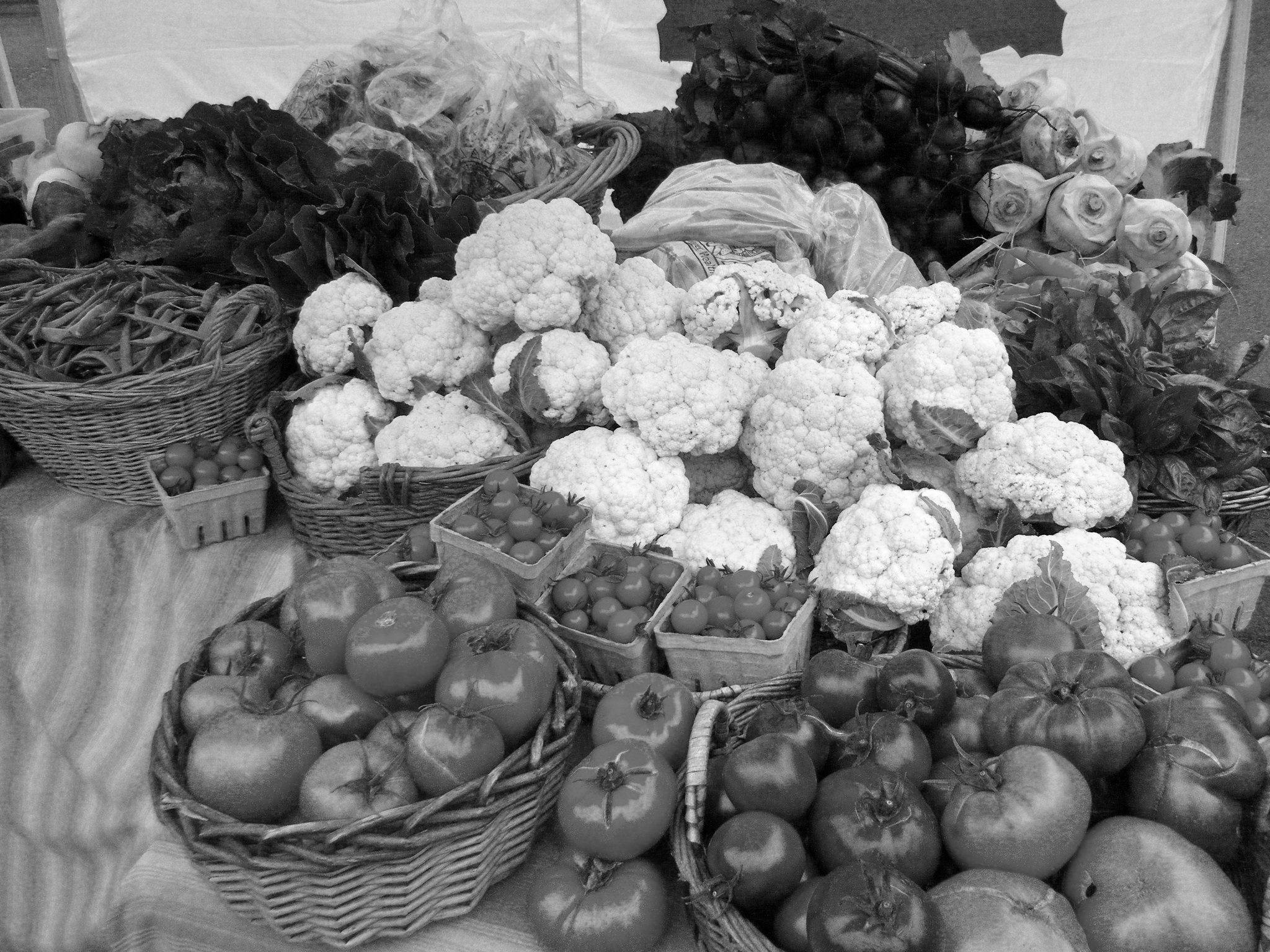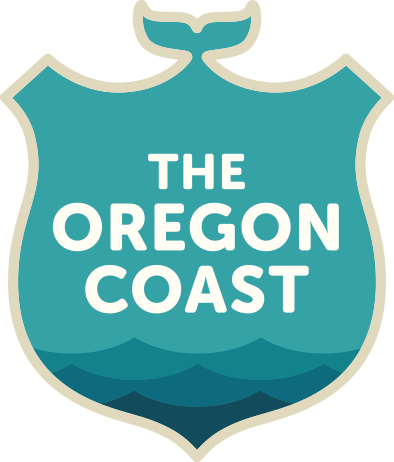
public health
Food is a primary component of nearly every social determinant of health. Eating local seafood brings food security to rural communities, builds community resilience, reconnects communities to the high quality food just off our coast, and ensures high levels of food safety.
quick facts
A locally-based food system in Oregon would support a diverse local workforce with living wage job opportunities, including harvesters, processors, distributors, retailers, and the diverse support services (Source: Radtke, Hans & Davis, Shannon. 2022. “Oregon Coast Synthesized Seafood Distribution Chain Model Project”)
Of the 17.6 million tons of seafood imported to the U.S., only about 1% is inspected, and 0.1% is tested for banned drug residues (Source)
From 2011-208, 95% of imported seafood products flagged for food safety violations were not tested by the FDA (Source)
get involved
-

Engage Community Institutions
Expand access to high-quality, local seafood by creating direct pathways from boat to schools, hospitals, and other food-serving community institutions.
-

Double SNAP for Seafood
There are several programs doubling SNAP benefits for healthy food products. Expand this successful program to local seafood to make it more accessible and affordable for all.
-

Promote Seafood as Healthy Protein
Seafood is renowned for its health benefits, particularly through its high level of Omega-3 fatty acids. In particular, promote certain species such as black cod and pink shrimp.
-

Support tribal food sovereignty
Several Tribal nations have consumed local seafood for time immemorial, with vast cultural, spiritual, and health benefits. Provide funding and support to enhance Tribal access to their traditional seafood species.

